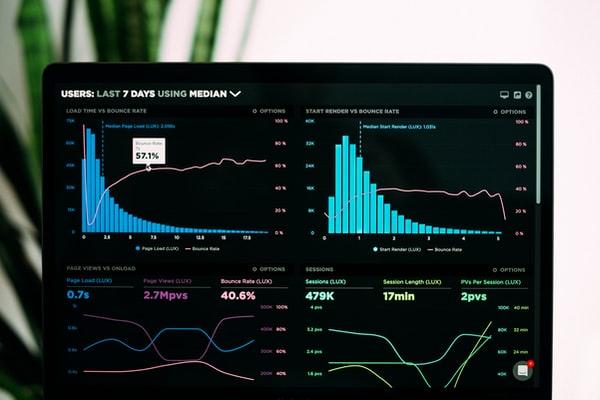Ad-hoc reporting is a powerful tool to help you make informed decisions about your business. But how do you implement it? Keep reading to find out.
What is ad hoc reporting?
Before we explain how to implement ad hoc reporting, let’s define ad hoc reporting first. Ad hoc reporting is specific to a particular need or situation. It is often requested by someone who is not a regular user of data analysis tools and is therefore not familiar with the standard reporting process. Ad hoc reporting can be used to answer specific questions or to provide more detailed information about a particular issue.
Ad hoc reports can also be helpful when you need to get data from multiple sources into a single report. For example, if you want to compare sales data from different stores, you can create an ad hoc report that includes data from both stores.
How do you implement ad hoc reporting?
There are a few different ways that you can implement ad hoc reporting. To make the best decision for your organization, you’ll need to understand the various options and how they work. One way to implement ad hoc reporting is to use a self-service data preparation tool. This tool allows users to access data from a variety of sources, including both internal and external data stores, and then prepare that data for analysis. This can be a good option for organizations that want to give users more control over their data and analytics.
Another way to implement ad hoc reporting is to use a reporting tool that includes ad hoc functionality. This type of tool allows users to create reports on the fly without having to go through a long and complicated process. This can be a good option for organizations that want to make it easy for users to create reports. Finally, you can also use a data warehouse to implement ad hoc reporting. A data warehouse is a repository for data that is organized in a way that makes it easy to access and analyze. This can be a good option for organizations that have a lot of data and want to be able to easily run ad hoc reports.
What industries use ad-hoc reports?
There are many industries that use ad hoc reports, and some of the most common industries that use them are retail, banking and financial services, healthcare, and manufacturing. However, it’s important to note that almost any industry can use ad hoc reports, depending on the specific needs of the business. Retail businesses use ad hoc reports to track their sales, inventory, and customer behavior. Banking and financial services firms use ad hoc reports to provide information on a wide variety of topics, including customer demographics, product performance, and financial analysis.
Ad hoc reports are used to help financial management make strategic decisions, to improve operations, and to assess risk. The ability to quickly generate ad hoc reports is a critical capability for banking and financial services firms because they need to be able to respond rapidly to changes in the market. Ad hoc reports are an essential part of the healthcare industry. They allow administrators and managers to track critical performance metrics and make informed decisions about how to improve their facilities. Additionally, ad hoc reports can be customized to meet the specific needs of a healthcare organization.
Healthcare providers use ad hoc reports to help them make informed decisions about the treatment of their patients. These reports can be customized to include specific information about patients that they are treating. This information can consist of data on their medical history, their current condition, and the treatments that they have received. Healthcare providers can also use ad hoc reports to compare their patient’s treatment with those of other patients with similar conditions.


0 Comments